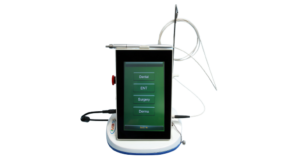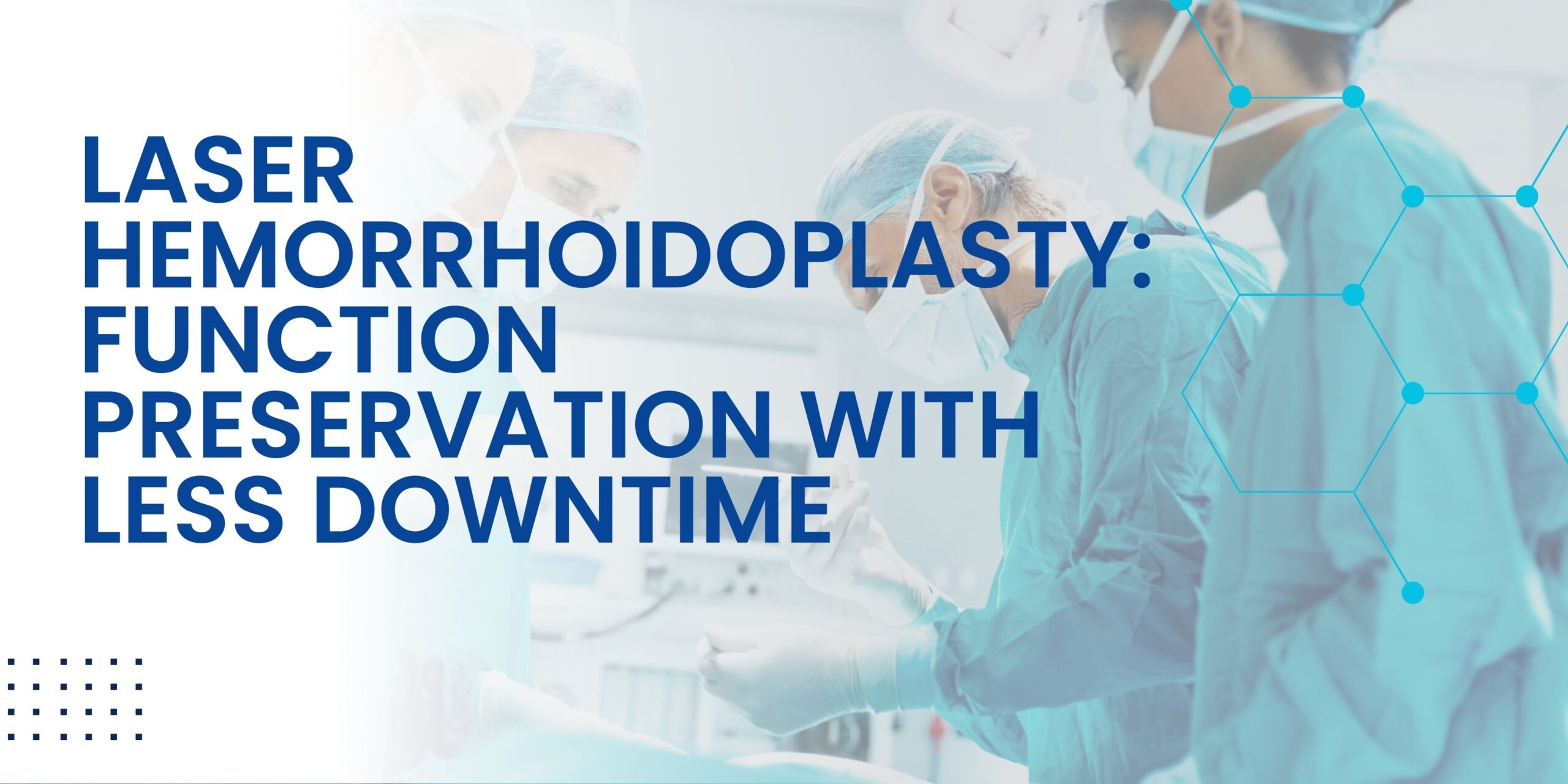Hemorrhoids are some of the most common anorectal disorders with millions of people affected around the world. While traditional hemorrhoidectomy is the accepted treatment of the common condition of advanced grades hemorrhoids, it has some pitfalls, including postoperative pain, long recovery, and chance of sphincter injury. The introduction of Laser Hemorrhoidoplasty (LHP) may provide a new way to treat hemorrhoids that preserves sphincter function, is minimally invasive to the patient, and reduces recovery time.
What is Laser Hemorrhoidoplasty?
A Laser Hemorrhoidoplasty is a non-excisional, minimally invasive procedure using controlled laser energy to shrink the hemorrhoidal mass from within. In contrast to traditional surgery, there is no cutting or sewing tissue, thus greatly reducing postoperative bleeding and pain.
In the procedure, a small-diameter laser fiber is placed in the hemorrhoidal cushion under direct view. The laser energy, using a typical 1470 nm diode laser or Thulium fiber laser, causes the hemorrhoidal tissue to coagulate, causing tissue shrinkage and retracting over time. This causes fibrosis and eventually fixes the mucosa while alleviating symptoms, with the anatomical and functional unit of local tissues retained.
Maintaining Anal Sphincter Function
A major benefit of LHP is conserving sphincter function. A standard hemorrhoidectomy entails removal of tissue in the vicinity of the anal canal, thereby increasing the risk of sphincter damage, anal stenosis, or incontinence. Lasers in hemorrhoidoplasty involve only the demise of internal hemorrhoidal tissue, without violating the sphincter or adjacent mucosa.
This technology allows for:
1.No structural compromise to the anal sphincter.
2.Continence and normal defecation may be maintained.
3.Minimal discomfort after the procedure with a rapid return to normal activities.
4.Lower Downtime and Postoperative Pain
Duration of recovery from an operation is one of the most impressive benefits of laser treatment. Since there are no cuts to perform and no open wounds, postoperative pain is significantly less with comparatively less swelling or inflammation.
Most patients are able to return to their normal routine within 24–48 hours after the procedure, while traditional surgery may take several days to weeks to recover. Laser procedures also offer the added benefit of no wound care and a decreased risk of infection, further enhancing the postoperative experience.

Clinical Advantages of Laser Hemorrhoidoplasty
1.Minimal Invasiveness:
No excisions, stitches, or open wounds — provides for the best cosmetic and functional results.
2.Exact Control and Precision:
Laser energy can be delivered tymewoll-to-tissue with minute collateral injury to perianal tissue.
3.Reduced Bleeding:
The laser seals small blood vessels upon execution of the procedure, meaning that bleeding is reduced.
4.Quick Procedure:
The procedure can be completed within 20-30 minutes while under local or regional anesthetic.
5.Faster Recovery:
Patients are able to eat and resume their daily routine all without excessive recovery time.
6.Low Recurrence Rate:
The laser’s actions create a residual coagulation and fixation of the hemorrhoidal tissue that minimizes or eliminates recurrence.
Ideal Indications
Laser Hemorrhoidoplasty may be most appropriate for Grade II and III hemorrhoids, where internal hemorrhoidal swelling is associated with pain, bleeding, and prolapse. It may be considered recurrence of Grade II-III hemorrhoids again after conventional surgery or if there is an active desire to avoid the trauma typical of surgical practice.
Benefits of IMDSL
IMDSL’s state-of-the-art AquaLase and Vikrant Laser Systems are engineered to provide the ideal wavelength and power settings for accurate and safe coagulation of hemorrhoidal tissue.
With an ergonomic design, easy-to-use interface, and German diode technology, surgeons get exceptional control, safety, and reproducibility from IMDSL lasers from one case to the next.
Laser Hemorrhoidoplasty signals a changed paradigm in hemorrhoid management—one that maintains anal function, while facilitating faster healing and with less downtime. It represents the ideal balance of efficacy, safety, and comfort for the surgeon and the patient. As laser technology continues to expand, there are other procedures such as LHP that lend themselves to the compliance of the future of proctology to move forward—one that leaves us smarter and faster, while at the same time, with less risk of procedure.


Comments